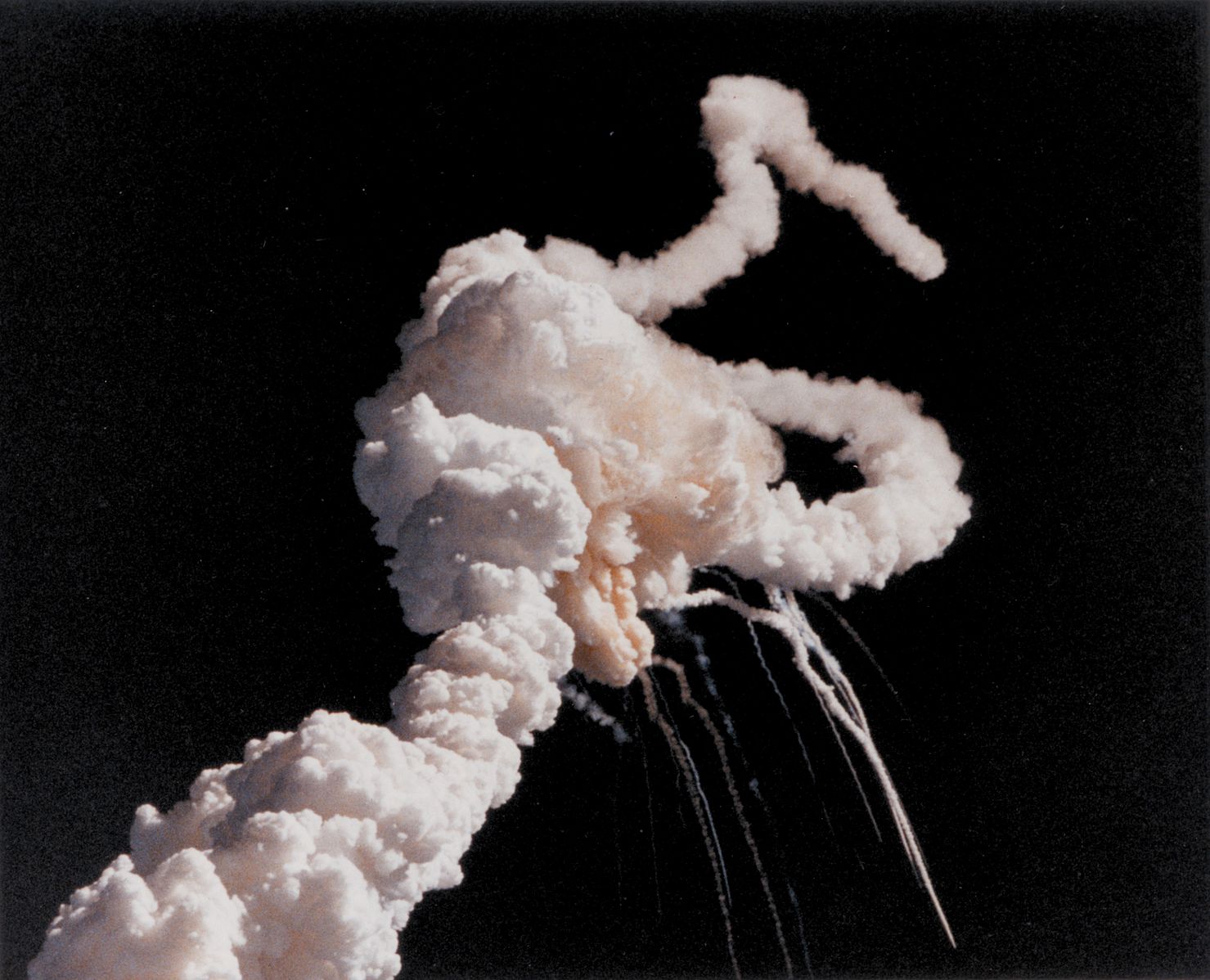Space exploration is one of the riskiest endeavors. Even with today’s technology, disaster still occurs. Last Thursday, SpaceX’s Falcon 9 rocket exploded at Cape Canaveral Air Force Station in Florida, resulting in not only the losses of the rocket, the satellite it carried and the launch pad, but also a series of setbacks easily totaling at least a couple hundred million dollars. While this pales in comparison to the many human lives taken when mankind first started journeying into space more than half a century ago, they are by no standards insignificant. Yet, we continue.
I always chose to believe we went into outer space because we were curious. I thought the vastness of space ignited our sense of wonder in a way that we couldn’t resist, and every new discovery made by reaching just a little further into the mysterious fabric of this universe was able to satisfy a little area on humankind’s equally expansive palate of curiosity. However, as I grew more aware about what was happening around us, I began to question what importance space exploration really had on our lives.
What good is it to know about the stars and the galaxies and the cosmos if having this information won’t do anything to solve the most imminent issues we face today? How can it be morally or fiscally responsible for us to devote our resources and talents to other things when the world that we exist in is plagued by crime and conflict?
Space exploration requires us to take the largest risks — to devote our greatest resources and our most brilliant minds to achieve what has never been done before. This is exactly why we must pursue it – because it’s through trying to accomplish what was once thought of as impossible, when we are motivated to innovate and come up with our most ingenious solutions. Just think about all of the breakthroughs that needed to happen in order for us to escape the confines of gravity rooting us to the ground. And think about the innovations that continue to be made today. Who would have imagined that the answer to venturing into our nearest star system was not through bigger rockets or even gravitational slingshots, but rather from a tiny computer chip with a thin solar sail, propelled into deep space by the beams of light shot by dozens of lasers down here on earth? It’s from forming ideas like this that we are able to realize our greatest capabilities.
A new hope for progress in space exploration today lies in private companies such as SpaceX, which aims to make humanity a multi-planet species, in collaboration with already established government agencies that are currently conducting scientific research to help us understand what is necessary for longer space missions, in order that one day, perhaps we will be able to send humans to a place further than the moon. Indeed, the technological and scientific advancements that result from this will be incredible, and even if we don’t yet know how these newfound discoveries will directly affect us now, at least we were inspired to create something new, which will lead civilization into the future.
Many believe that the study of outer space is humbling. As Voyager 1 was leaving the solar system, NASA turned its cameras around one last time to snap a picture of earth — what became the iconic image of a “mote of dust suspended in a sunbeam.” But what is truly remarkable is the fact that from that tiny pixel, we were able to command the means to send a probe into the heavens.
And while space exploration cannot address any of the most pressing issues we face here on this mote of dust, it’s still worth it to venture into space — if not for the euphoria of discovery, then to help us see what we are capable of.
William An, opinion editor, is a sophomore finance and philosophy major. He can be reached at weian_an@yahoo.com.



